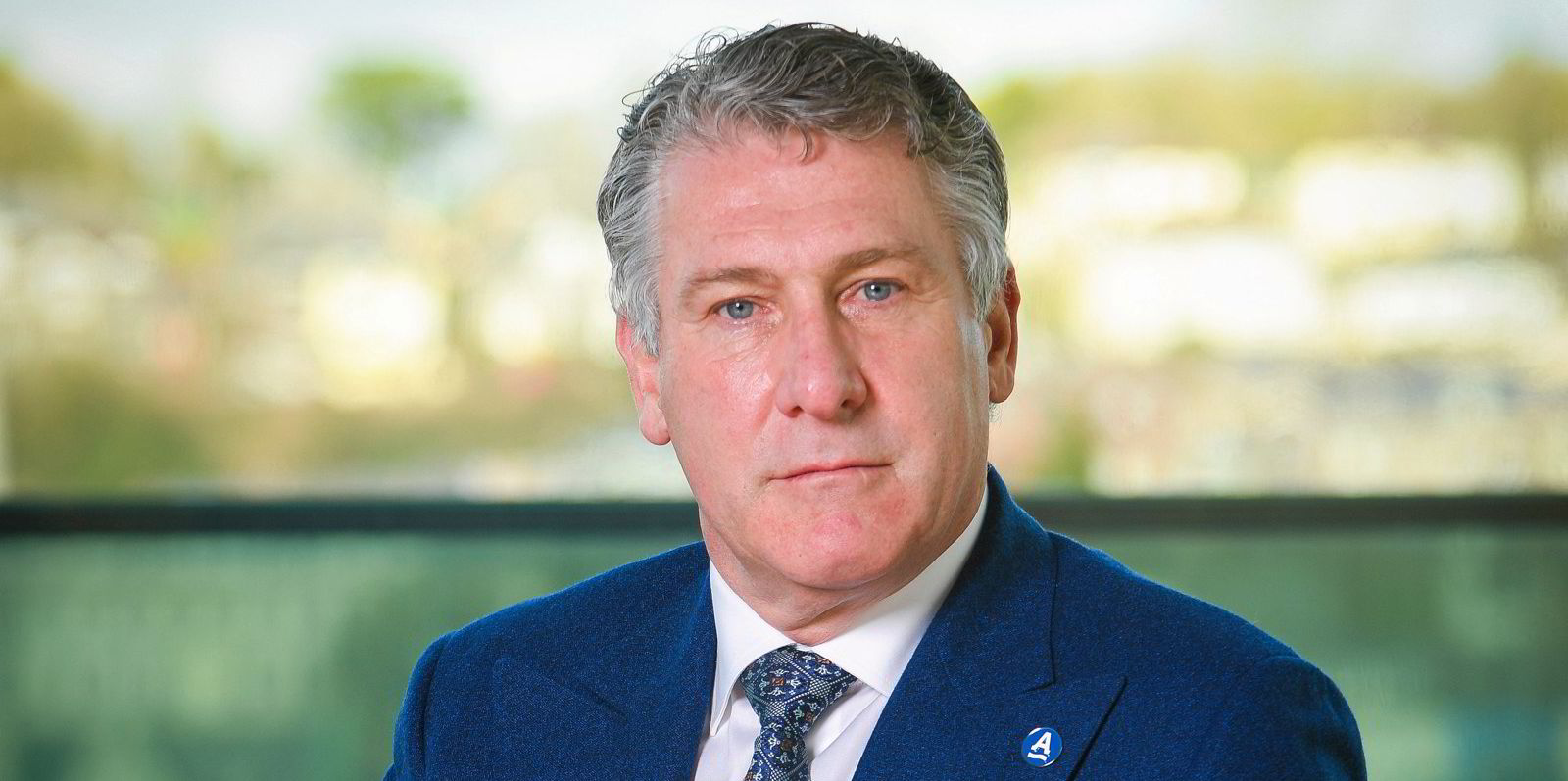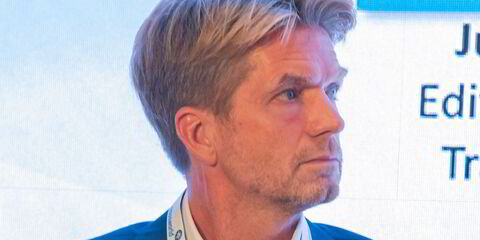Ardmore Shipping's Mark Cameron has questioned the safety of ammonia as a green fuel and warned that one mishap could set back environmental progress.
The chief operating officer said he was concerned over the safety of ammonia, which is highly toxic, being used as a marine fuel.
"I am relatively uncomfortable at coming to terms with the safety aspects of ammonia," he said during a webinar hosted by consultancies Houlder and E4tech.
Much greater marine damage could have occurred when the 203,000-dwt Wakashio (built 2007) grounded off Mauritius if it had been burning ammonia, he suggested.
"Let's be honest, when ships have accidents, fuel gets spilt," Cameron said. The Wakashio shed 1,000 tonnes of fuel oil.
Cameron later told TradeWinds: "I feel 'ammonia-ready' is a term that is bandied about way too readily without due regard for the A to Z of safety."
"The standards are still far from being suitably developed for the entire logistics chain, let alone collision regulations," he said.
In the webinar, he added: "We hear a lot about ammonia-ready vessels, but I am not entirely sure there is as much substance behind that as we might be led to believe — at least in terms of what the shipyards are putting forward as an ammonia-ready construct."
Cameron said to TradeWinds: "I have the greatest of respect for the role of the classification society in doing its part to develop suitable regulations for ammonia, but this takes time."
In the short term, he sees methanol mixed with water as infinitely safer, while acknowledging the fuel's low flash point.
Ardmore will test a fuel cell system using methanol to replace auxiliary power from diesel generators next year.
"The electrical load on board vessels is the low hanging fruit right now," he said. "You can get some pretty good savings on an electrical load basis by looking at alternative forms of fuel."
Why do you need three diesel generators on a newbuilding, he asked, when the third could be using an alternative fuel?
But Cameron said a fundamental problem was that ships are operated at much lower speeds than the design speed of 14.5 knots that shipbuilders dictate.
It means wasted fuel and heavier emissions — also from all the other equipment, like pumps and fans, that have to run at wasteful levels to support the design speed.
"The design speed is a fictitious point — ships are not built to an optimal number. We have got to go back and look at the basics of ship design and bring the shipyards into the discussion."
However, Cameron added: "Building ships in Korea is not as easy as it sounds — to go into a shipyard and say: 'This is what I want, give it to me.' It doesn't currently work like that.
"Big shipbuilders need to get involved in designing ships in a more collaborative way," he said.
"It has been: 'Here's a ship — if you want it, take it. If you want to modify it, that's going to cost a bit of money.' We can't afford to be in that relationship anymore."






